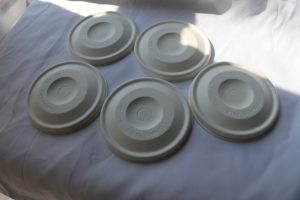In our daily life, we often encounter some confusing phenomena, such as the food that can be contained in one packing box is divided into two packing boxes, a small cup of coffee is packed inside and out like a shoe box, and 13 yuan milk tea is charged 4 yuan for packaging… These phenomena are called “packaging assassin” and have attracted widespread attention from consumers and the media.
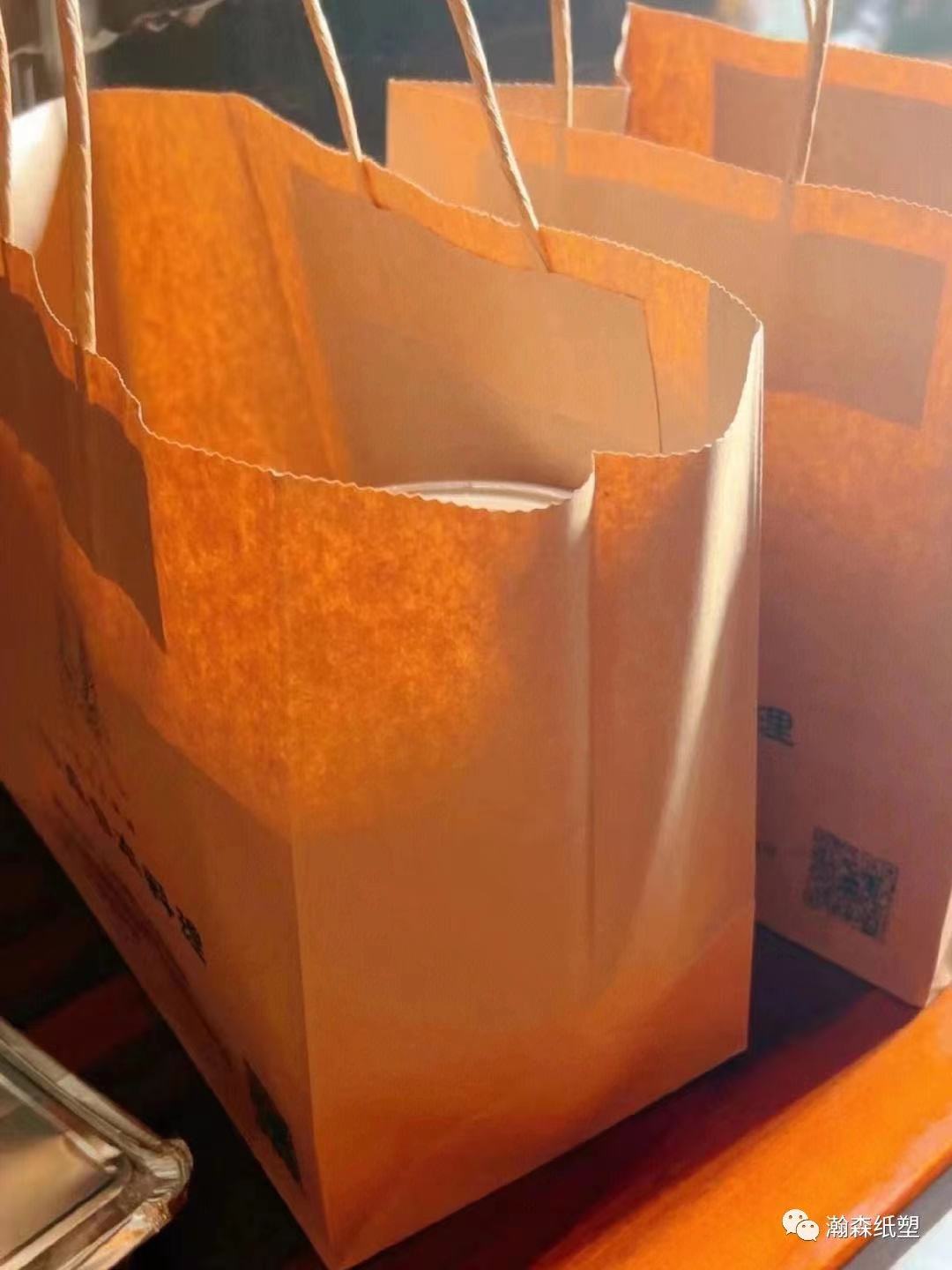
The Shanghai Municipal Consumer Protection Committee stated that consumers should have the right to know and choose the packaging fee, and takeaway merchants should not pass on operating costs to consumers and charge packaging fees for packages. However, in addition to inflated packaging fees, overpacked packaging boxes will also bring about greater plastic management problems, causing pollution and waste.
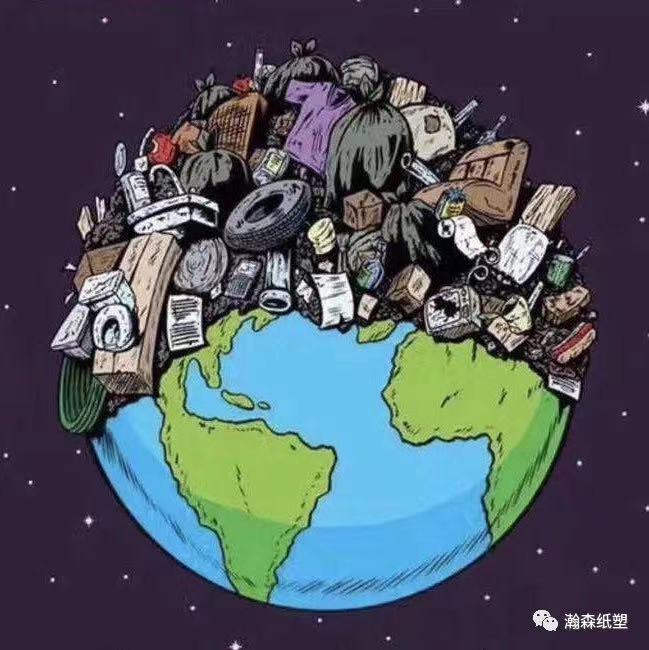
According to statistics, more than 350 million tons of plastic waste are produced globally every year, most of which are caused by single-use plastic products. In China, the number of plastic bags used every year is as high as 200 billion, which is equivalent to 6 plastic bags per person per day. These figures worry us deeply because not only do they have a huge impact on the environment, but they also waste a lot of resources.
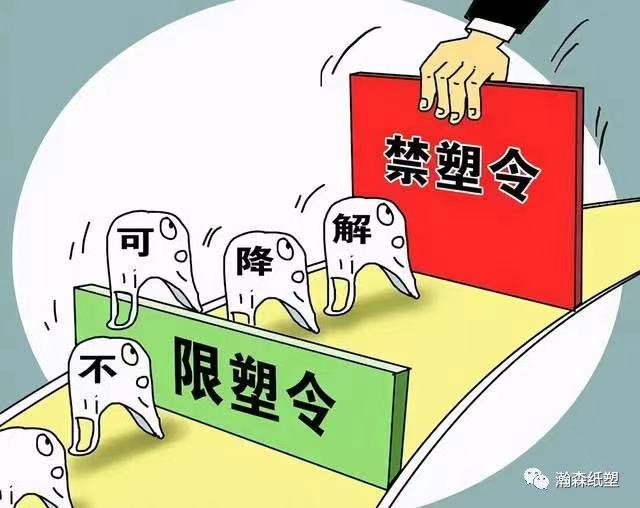
Today, food delivery has become an integral part of many people’s lives. However, with the continuous expansion of the food delivery market and the intensification of competition, the packaging of food delivery has become more and more “gorgeous”. From meals to daily necessities, even condiments are over-packaged, and it is not uncommon for takeaways to be carefully packaged. These flashy packages not only increase the cost of food delivery, but also bring more environmental pollution and garbage problems. So, is such an exaggerated packaging really needed? Who is paying for the flashy packaging in the end? The answer is obvious.
According to relevant research reports, in 2020, the weight of plastic waste in the national takeaway garbage will be about 1.6 million tons. If these plastic wastes cannot be effectively degraded, they will cause serious pollution to the environment. The harmless treatment of 1.6 million tons of plastic waste will cost about 2.45 billion yuan. These figures undoubtedly reflect the high social cost of the current takeaway garbage. In order to effectively reduce the excessive packaging of takeaways, we need to reduce the weight from the source, reduce the use of packaging materials, and avoid the phenomenon of excessive packaging. At the same time, we also need to strengthen consumers’ awareness of environmental protection, advocate green consumption, and independently choose greener and more environmentally friendly plastic replacement products. Only in this way can we truly achieve the goal of reducing takeaway waste and protecting the environment.
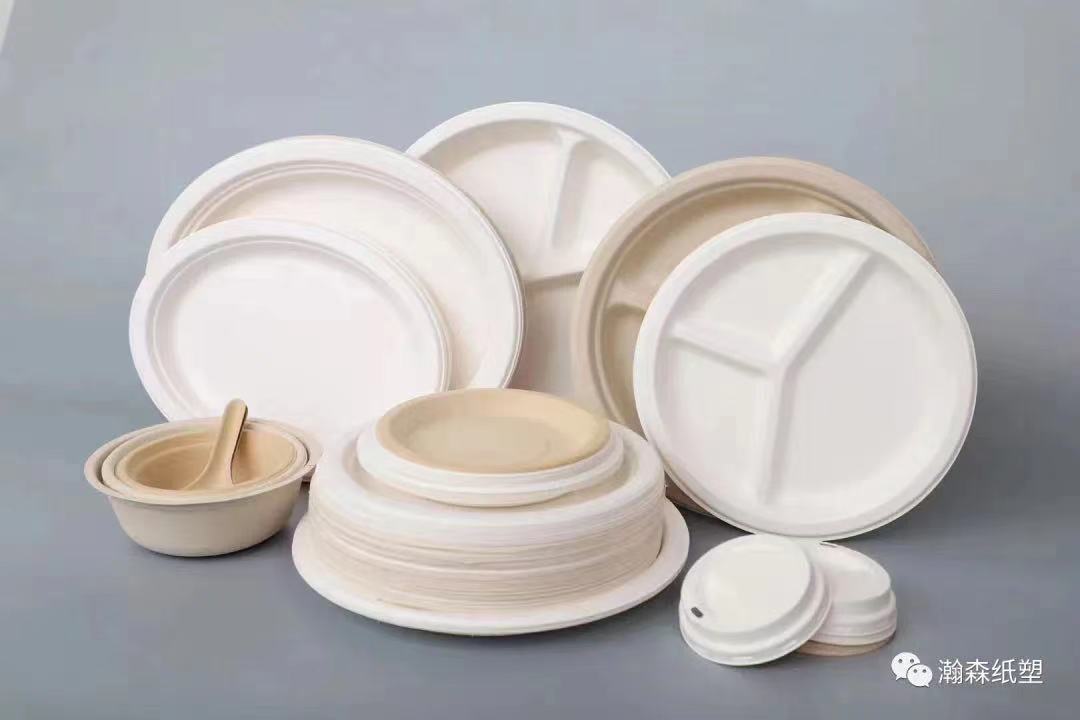
Pulp molded tableware, as a plastic substitute product, has great environmental value and practical value-it is made of bagasse, bamboo fiber, wood fiber, wheat straw, reed, straw and other herbaceous plant fibers as raw materials to make tableware.The materials are natural, degradable in the environment, low-carbon, green and safe; at the same time, plant fiber tableware is resistant to high temperature, waterproof and oil-proof, light and easy to carry, and has good airtightness, which fully meets the food packaging needs of consumers.
In order to solve the problems of difficult access to raw materials and high cost for tableware manufacturers, Hanson pulp molding adopts a one-stop customized and intelligent pulp molding solution. It is environmentally friendly and degradable, and has the characteristics of environmental protection, high quality, low price, and wide range of applications.Hanson pulp molding is the pioneer of intelligent paper plastic ecology, helping the world’s green environmental protection cause!

